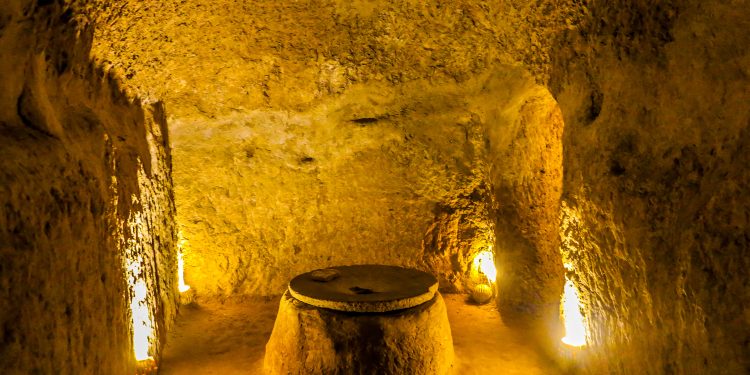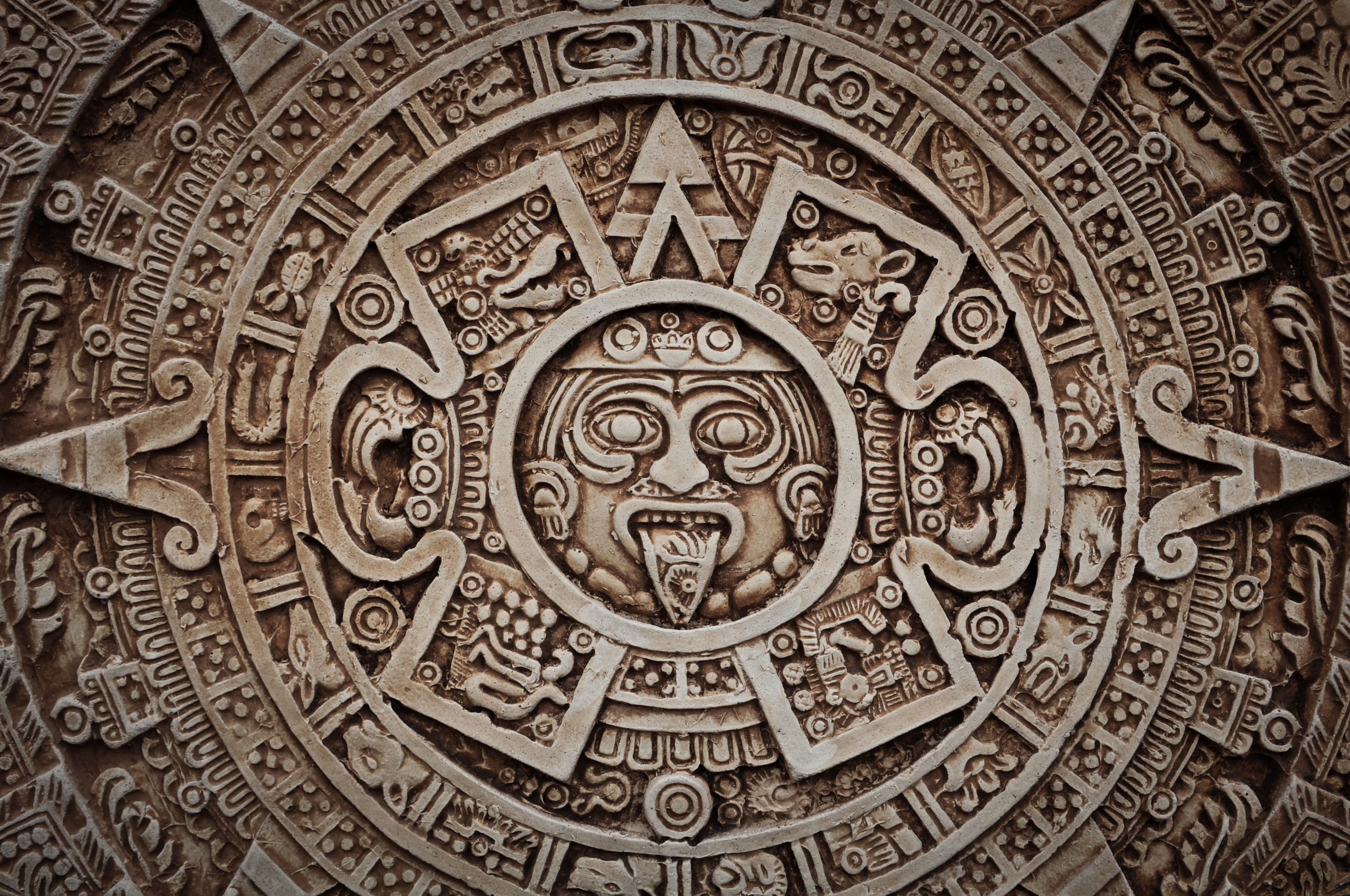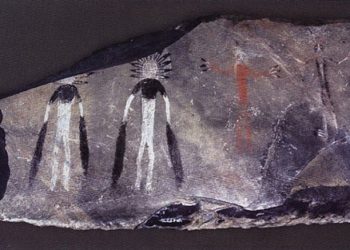A sensational discovery was made by chance in Iran. The ancient castle of Shahr-e Belqeys lies in the county of Esfarayen in North Khorasan province. It is Iran’s second-largest mud brick fortress after Bam, dating back to the Sassanian Empire. The area surrounding it was the scene of a sensational discovery. According to an expert from the Belqeys archaeological site, remains of ancient underground corridors were discovered a few days ago. The remains were discovered during a road construction project in Esfarayen county’s Bam village. The region of Shahr-e Belqeys prospered between the end of the Sassanid period and the beginning of the Islamic era. “These tunnels measure 18 kilometers in length, and there is a mill and a bathroom in the tunnel,” explained an expert, as per the Tehran Times.
Part of an ancient city
A few years ago, traces of this underground city were discovered. However, to protect them, the local cultural heritage office blocked their access. The expert explained, “We are now able to reach these ancient structures from another location, which confirms the statements of the local people.” These ruins contain pottery from the Seljuk, IlKhanid, and even earlier periods. In order to gain insight into its secrets, however, extensive archaeological excavations are necessary.
It is estimated that Belqeys is at least 6,000 years old, based on archaeological excavations at nearby mounds and hills. According to experts, the ancient city prospered from the late Sassanid to the early Islamic eras. Before the advent of Islam, Shahr-e Belqeys benefited from special attention from Sassanid monarchs, according to historical evidence, including a book on Neyshabur’s history. Shahr-e Belqeys was likely chaotic between the late Sassanid and the early 18th century when Nader Shah Afshar (one of the most powerful rulers in Iranian history) assumed power.
Archaeological heaven
After the UNESCO-registered Bam citadel, Belqeys citadel is Iran’s largest mud-brick fortress. Esfarayen is only a short distance away. So far, excavations at Belqeys have turned up the remains of a citadel, a family residence, irrigation channels, a cistern, and a hypostyle hall. In spite of being somewhat forgotten, Iran is a haven for troglodyte architecture, which is filled with character and creativity. Known for its ice-cream cone-shaped homes, Kandovan village in the northwest of the country is an excellent example of troglodytic architecture in the country. The houses bear a striking resemblance to the houses in Capadoccia, Turkey. Turkey is also home to some of the largest underground cities in the world.











